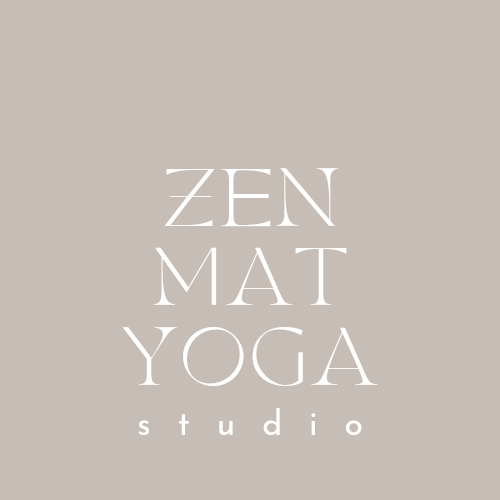I'm a Yoga Beginner: Where Do I Start?
Embarking on a yoga journey as a beginner can be both exciting and overwhelming. With its origins in ancient India, yoga has evolved into a widely practiced discipline, offering physical, mental, and spiritual benefits. Here’s a comprehensive guide to help you get started on your yoga journey.
Understanding Yoga
Yoga is more than just physical exercise; it’s a holistic practice that integrates the mind, body, and spirit. The practice of yoga includes asanas (physical postures), pranayama (breathing techniques), meditation, and ethical principles. It’s essential to approach yoga with an open mind and patience, as the benefits unfold over time with consistent practice.
Choosing the Right Style
Yoga comes in various styles, each with its unique focus and intensity. As a beginner, it’s crucial to find a style that suits your needs and fitness level. Here are a few popular styles:
Hatha Yoga: A gentle introduction to the basic yoga postures. It’s ideal for beginners due to its slower pace.
Vinyasa Yoga: A dynamic and flowing style that synchronizes movement with breath. It’s a bit more intense and suitable if you prefer a more active practice.
Iyengar Yoga: Focuses on precise alignment and uses props like blocks and straps. It’s excellent for learning the correct form and building strength.
Yin Yoga: A slow-paced style where poses are held for longer periods, targeting deep connective tissues. It’s great for flexibility and relaxation.
Finding a Class
Joining a yoga class can provide structure and guidance as you begin. Look for beginner-friendly classes in your area or consider online classes if you prefer practicing at home. Many studios and online platforms offer free trials or beginner courses. A qualified instructor can help you understand the basics, ensure proper alignment, and prevent injury.
Essential Gear
You don’t need much to start practicing yoga, but a few essentials can enhance your experience:
Yoga Mat: A good quality mat provides cushioning and grip.
Comfortable Clothing: Wear breathable, flexible clothing that allows you to move freely.
Props: Blocks, straps, and bolsters can help you achieve and modify poses comfortably.
Basic Poses to Learn
Familiarizing yourself with some fundamental yoga poses can give you a solid foundation:
Mountain Pose (Tadasana): The starting point for many sequences, promoting balance and grounding.
Downward-Facing Dog (Adho Mukha Svanasana): A key pose in many styles, stretching and strengthening the entire body.
Child’s Pose (Balasana): A restorative pose for relaxation and gentle stretching.
Warrior I and II (Virabhadrasana I and II): Build strength and stability in the legs and core.
Tree Pose (Vrksasana): Enhances balance and focus.
Developing a Routine
Consistency is key in yoga. Start with short, manageable sessions, gradually increasing the duration as you become more comfortable. Aim to practice a few times a week to build a habit. Incorporate breathing exercises and meditation to experience the full benefits of yoga.
Listening to Your Body
Yoga is a personal journey, and it’s essential to honor your body’s limits. Avoid pushing yourself into poses that cause pain or discomfort. Use modifications and props to support your practice and remember that progress takes time.
Exploring Further
As you advance, explore different styles, workshops, and retreats to deepen your practice. Reading books on yoga philosophy and ethics can also enhance your understanding and appreciation of yoga beyond the physical postures.
Starting yoga is a beautiful step towards a healthier, more balanced life. By approaching your practice with curiosity, patience, and consistency, you’ll discover the transformative power of yoga. Enjoy your journey!
photo- @wesleyphotography
